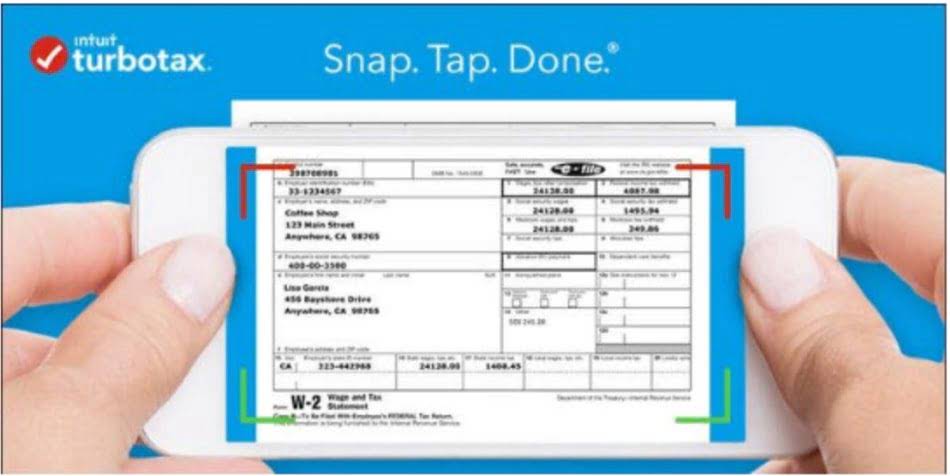Accounting and bookkeeping are often associated with numbers, balance sheets, and tax returns, but their influence stretches far beyond these tasks. These functions play a crucial role in the strategic direction of a business, offering insights that go beyond mere financial data. This blog post explores how accounting and bookkeeping can shape and drive business strategy, helping companies thrive in today’s competitive market.

Every business, whether small or large, relies on accounting and bookkeeping to keep its financial health in check. However, these disciplines do more than just record income and expenses—they lay the foundation for smart decision-making and long-term growth. Understanding how they intertwine with business strategy is key for any company looking to succeed in today’s fast-paced environment.
From cash flow management to tax planning, accounting and bookkeeping provide valuable insights that can inform a wide range of business decisions. But how exactly do they shape strategy? Let’s dive deeper into the various ways.
Financial Reporting as a Strategic Tool
The financial reports generated by accountants and bookkeepers go beyond simple record-keeping. They provide a clear snapshot of a company’s financial status, helping business owners make informed decisions. For example, reviewing profit and loss statements or cash flow reports can reveal opportunities for cost cutting, new investments, or expansions. These reports offer more than numbers—they provide the knowledge required to drive strategy.
This is where a Local Accountant Manchester can make a difference. By analysing a company’s financial data, they can advise on the best course of action to maximise profits and manage risks. Without these insights, businesses may make decisions based on incomplete information, leading to potential financial losses.

Forecasting And Budgeting For Future Growth
Forecasting and budgeting are vital aspects of accounting that shape a business’s future strategy. Bookkeepers help create budgets by recording and categorising expenses, while accountants use these records to create forecasts. These forecasts offer projections about future financial performance, allowing businesses to plan ahead.
Through accurate budgeting, a business can allocate resources effectively, ensuring there are sufficient funds for important operations like marketing, staffing, and expansion projects. On the other hand, forecasting helps business owners prepare for potential financial challenges, such as a downturn in sales or rising operational costs. This forward-looking aspect of accounting and bookkeeping supports a proactive approach to business strategy.
Managing Cash Flow and Maintaining Financial Health
Cash flow is the lifeblood of any business. Poor cash flow management can sink even the most profitable companies. Accountants and bookkeepers ensure that a business’s cash flow remains healthy by tracking expenses, ensuring timely invoicing, and advising on financial strategies that prevent liquidity issues.
With the help of accurate cash flow analysis, businesses can identify periods when they may face a cash shortage and plan accordingly. For instance, if a company anticipates a slow sales period, it can delay large expenses or seek financing options to bridge the gap. Maintaining positive cash flow enables a business to meet its obligations, avoid financial strain, and stay agile in a competitive market.
Tax Compliance and Efficiency
One of the most critical areas where accounting and bookkeeping impact business strategy is tax planning. Taxes are not just an obligation they’re an opportunity. A well-prepared business can take advantage of tax deductions and credits to reduce its liabilities, freeing up resources for other strategic purposes.
Accountants help businesses navigate the complex world of tax regulations, ensuring they comply with all laws while maximising tax efficiency. This proactive approach not only avoids penalties but also ensures that businesses retain more of their earnings, which can be reinvested into growth initiatives.
Enhancing Operational Efficiency
Beyond financial records, accounting and bookkeeping also contribute to improving a company’s operational efficiency. By tracking and categorising expenses, bookkeepers provide a detailed breakdown of where money is being spent. Business owners can then analyse this data to identify inefficiencies, such as overspending in certain areas or underutilisation of resources.
For instance, if a business notices that a significant portion of its budget is going toward administrative costs, it might explore automation solutions or reallocate resources to higher-priority areas. Accounting data offers the insights needed to streamline operations and boost productivity.
Conclusion
While accounting and bookkeeping are traditionally viewed as financial record-keeping functions, their role in shaping business strategy cannot be overstated. From providing insights through financial reports to enabling smarter decision-making via forecasting and budgeting, these practices are the backbone of any successful business strategy.
As companies grow and adapt to changing market conditions, having the right accounting and bookkeeping processes in place becomes even more critical. Working with experts in the field, like those offering bookkeeping services, ensures that businesses can stay ahead of the curve, make informed decisions, and remain financially healthy.
In short, the strategic application of accounting and bookkeeping drives more than just financial success it fuels business growth and resilience in an ever-evolving market.
















